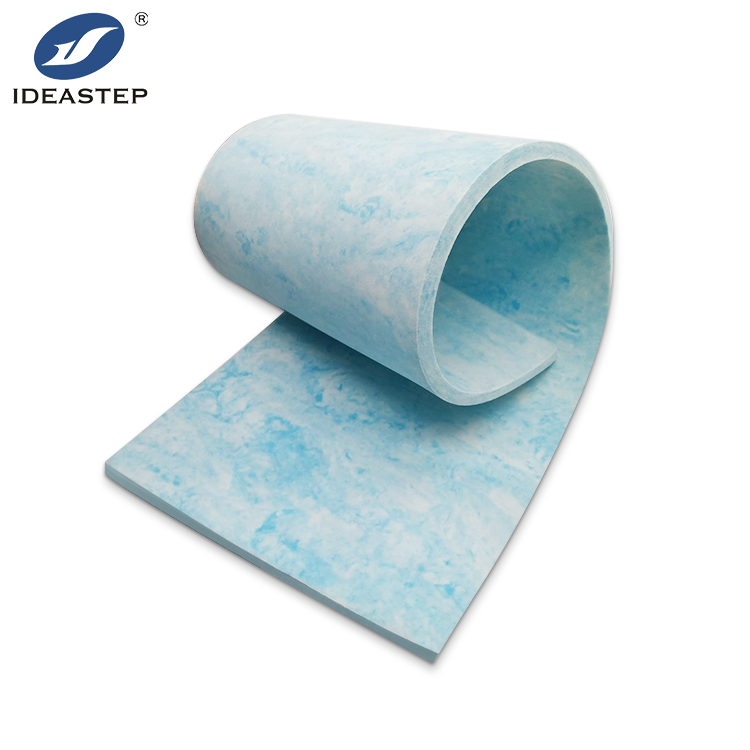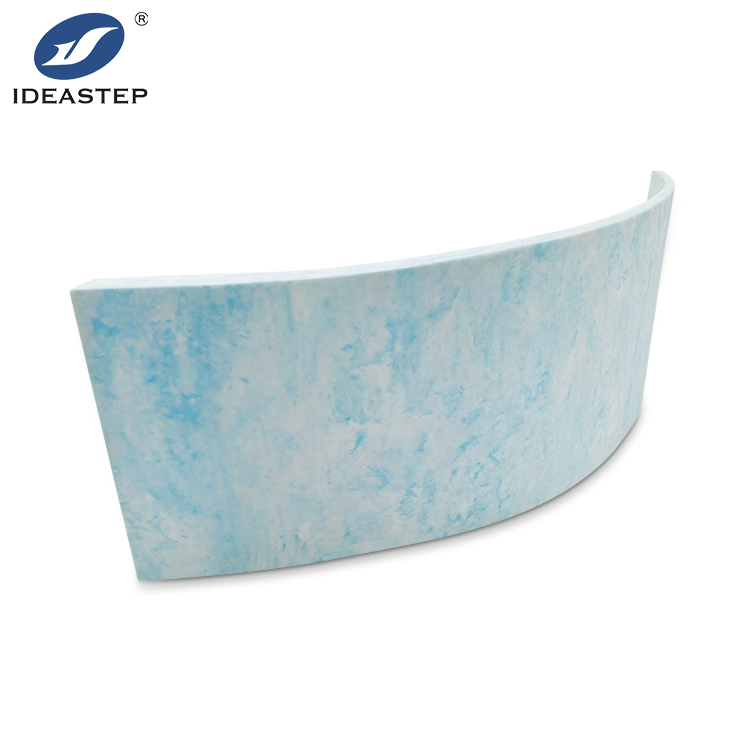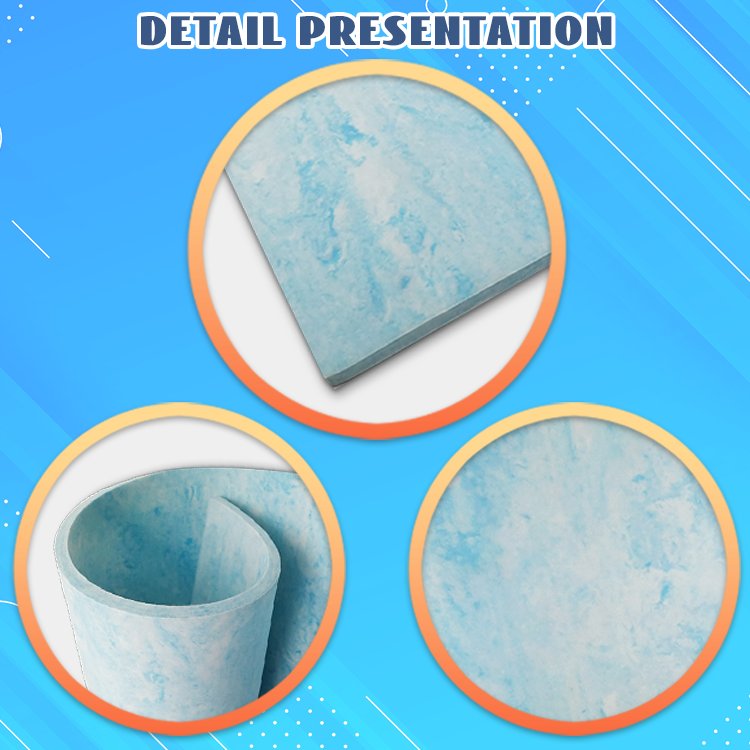Introduction
The storage of EVA foam sheets is essential for prolonging both their lifespan and performance. EVA foam is known for its cushioning and shock-absorbing properties, and meeting ideal storage conditions helps prevent deterioration. This article provides key tips on properly storing EVA foam sheets to ensure they remain in great condition for as long as possible.
1. Understanding EVA Foam Sheets
What Are EVA Foam Sheets?
EVA foam sheets are made from Ethylene Vinyl Acetate and are quite versatile. Because of their wide applications in cushioning, insulation, and packaging, proper storage helps maintain their unique properties and extend their usability. Good storage prevents defects such as distortion, brittleness, or loss of cushioning properties in EVA foam sheets.
Importance of Proper Storage
Proper storage conditions are crucial for preventing degradation and maintaining the effectiveness and lifespan of EVA foam sheets.

2. Ideal Storage Conditions for EVA Foam Sheets
Temperature Control
Recommended Temperature Ranges
EVA foam sheets should be stored in a temperature-controlled environment, ideally between 50°F and 77°F (10°C to 25°C). Extreme temperatures can degrade the foam’s properties.
Effects of Extreme Temperatures
High temperatures may cause the foam to soften or become tacky, while low temperatures can make it brittle and prone to cracking.
Humidity Levels
Optimal Humidity Conditions
Maintain relative humidity between 40% and 60% to avoid moisture-related issues.
Risks of High and Low Humidity
High humidity can lead to mold growth and degradation, while low humidity can cause the foam to dry out and become less flexible.
Protection from Light
Importance of Keeping EVA Foam Sheets Away from Direct Sunlight
UV radiation can decompose the foam material, causing discoloration and reducing its effectiveness.
Effects of UV Exposure
Prolonged exposure to sunlight reduces the foam’s potency and makes it more susceptible to damage.

3. Best Practices for Storing EVA Foam Sheets
Proper Packaging
Use of Protective Covers and Wrapping Materials
Wrap EVA foam sheets in protective covers or plastic to shield them from dust, moisture, and physical damage.
How to Avoid Compression and Deformation
Store foam sheets flat or on a roll, avoiding heavy items on top to prevent compression and deformation.
Storage Location
Ideal Locations to Store EVA Foam Sheets
Store them in a cool, dry, and dark place to maintain optimal conditions.
How to Avoid Exposure to Extreme Conditions
Avoid areas with significant temperature fluctuations, high humidity levels, or direct sunlight.
Regular Inspection
Importance of Periodic Checks for Deterioration
Regular inspections are crucial to detect any signs of damage or deterioration.
What to Look for During Inspections
Check for changes in texture, color, or flexibility that indicate potential issues.

4. Common Mistakes to Avoid
Poor Temperature and Humidity
Neglecting temperature and humidity control can lead to premature aging and loss of performance.
Poor Packaging
Poor packaging can result in physical damage, contamination, and exposure to adverse conditions.
Exposure to Light
Inadequate protection from sunlight can trigger chemical reactions in the foam, reducing its effectiveness and causing visible damage.
5. Troubleshooting Common Storage Issues
Deformation and Compression
What to Do with Deformed Sheets of Foam
Recondition distorted foam by allowing it to expand naturally or with gentle heat if needed.
Moisture Damages
How to Lessen the Occurrence of High Humidity Damage
Use desiccants or dehumidifiers to control humidity levels and prevent mold growth.

6. Conclusion
Proper storage of EVA foam sheets plays a vital role in their longevity and performance. Following recommended practices for temperature, humidity, and light, along with effective packaging and inspection, ensures that EVA foam sheets remain in quality condition for their intended applications.
7. FAQs
What are the ideal storage conditions for EVA foam sheets?
Store EVA sheets at a consistent temperature, moderate humidity, and away from direct sunlight.
How do I prevent EVA foam sheets from deformation?
Use appropriate packaging methods, avoid compression by heavy weights, and store the sheets flat or rolled without weight on top.
What should I do if EVA foam sheets get exposed to high humidity levels?
Control humidity with desiccants or dehumidifiers and inspect for mold or degradation.
How often should I check on stored EVA foam sheets?
Inspect stored EVA foam sheets every few months for any damages, deterioration, or changes in properties.
